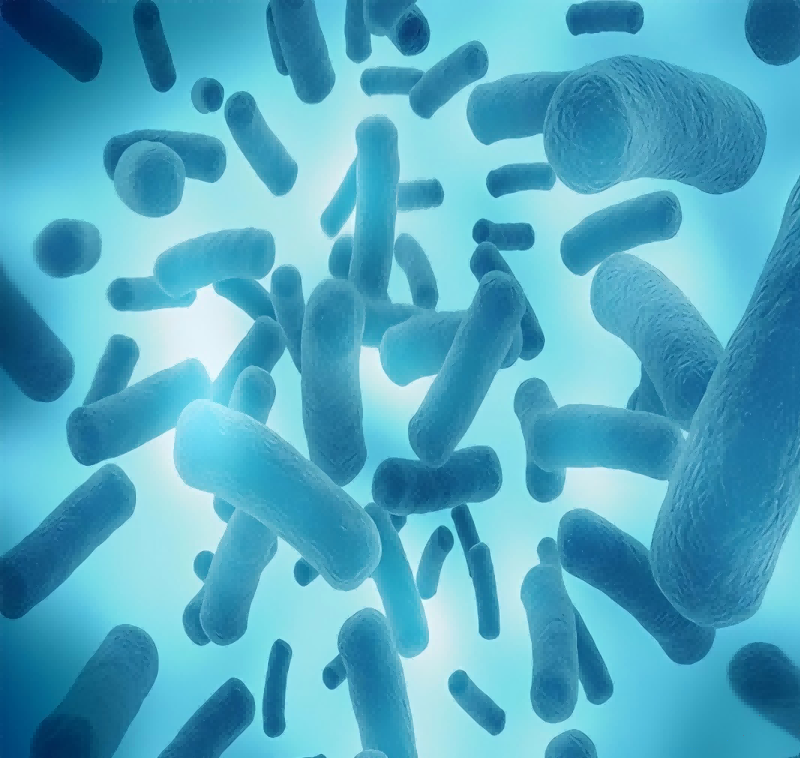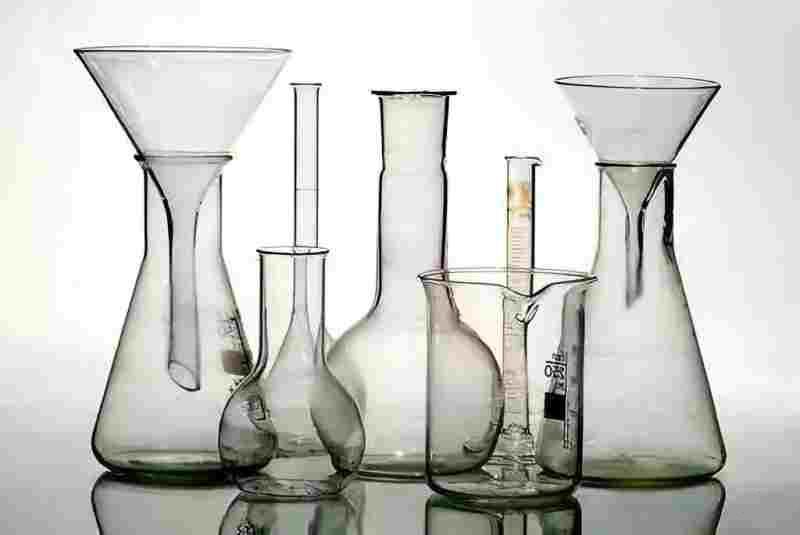Marketing Hotline:
(+86)0532-88988868
(+86)0532-88988868
1. How long can pure water and ultrapure water produced by ultrapure water systems be preserved?
How long can pure water and ultrapure water produced by ultrapure water systems be preserved?
Due to the production speed and efficiency of ultra-pure water systems far exceeding traditional standards for pure water production, they have become essential equipment for pure water preparation in laboratories. Different ultra-pure water systems can produce pure water of varying quality. Although there are many brands and models of laboratory ultra-pure water systems, most of them accomplish the same thing. So, how long can the pure water and ultra-pure water produced by these systems be preserved?
The production speed of ultra-pure water systems is far higher than that of traditional pure water production equipment, and it has become one of the laboratory water purification devices in various water-use industries. Although the ultra-pure water produced by different ultra-pure water systems may vary in quality, the maintenance of water quality is essentially the same. So, how long can the water produced by the ultra-pure water system be maintained? Let's discuss this in detail.
Generally speaking, the higher the purity of the water in the laboratory, the less it can be stored for long periods. For ultrapure water with a resistivity of 18.2 MΩ.cm, the longer it is stored, the more severe the decline becomes. Typically, after 1 hour of storage, the resistivity of ultrapure water can drop to 4 MΩ.cm, and the pH can decrease to around 5.7. At the same time, due to environmental influences, microorganisms in the water can grow rapidly.
Therefore, under normal circumstances, ultra-pure water should not be stored for long after extraction, and the principle of 'use it immediately' should be followed. At the same time, to ensure the quality of pure water and ultra-pure water, we should pay attention to the following points when extracting water:
1. The ultra-pure water machine should be flushed every 7-10 days to prevent bacteria growth.
2. If not used for a long time, all water in the pure water machine and water tank should be drained.
3. When extracting water from the ultra-pure water machine, the initial pure water and ultra-pure water should be discarded, and water extraction should occur only after the water quality stabilizes.
4. Please do not place the pure water machine and water tank in direct sunlight to prevent bacteria growth.
The above is the duration that ultrapure water can be stored after being obtained from the system. Users need to have a certain understanding of this in order to better use the equipment and not waste the produced pure water.
2. How to reduce microbial growth in ultra-pure water machines? How to reduce microbial growth in ultra-pure water machines?
After prolonged use, due to the sealed environment, the quality of the pure water and ultra-pure water produced by ultra-pure water machines can exceed standards over time. Are there any methods to reduce microbial growth in ultra-pure water machines? Today, the editor of Shenyuan Purified Water Machine brings you methods to reduce microbial growth in ultra-pure water machines.
The reasons for microbial growth in ultrapure water machines generally include the following:
1. In a sealed environment, poor contact can lead to leakage, ultimately causing the internal environment to be influenced by external microorganisms, resulting in bacterial growth.
2. If consumables are not replaced for an extended period, this can lead to excessive accumulation of microorganisms on the reverse osmosis membrane, resulting in increased microorganisms and decreased water quality.
3. If the ultrapure water machine has not been used for a long time, microorganisms can grow while it is idle.
4. Poor quality of incoming water can lead to rapid consumption of the pretreatment system consumables, ultimately resulting in rapid proliferation of microorganisms.

There are several methods to reduce the growth of microorganisms in ultrapure water systems:
1. Regularly ensure that the ultrapure water system is cycled on and running to allow water to flow through the pipes.
2. Regularly replace consumable materials and check water quality periodically. When the water quality is not up to standard, timely replacement can effectively reduce microbial growth.
3. Ways to Maintain the Quality of Ultra-Pure Water System
The quality of water removed by the pure water machine is not only determined by the pure water equipment itself, but also relies on how we operate it correctly during daily use to maintain the quality of ultra-pure water. Below are the methods for maintaining the water quality of ultra-pure water.

1. The storage tank of the ultrapure water machine should be equipped with an air filter to prevent air from infiltrating the tank through the water outlet and causing water quality contamination.
2. Since ultrapure water can easily be contaminated by environmental factors after being drawn, it is best to use the water immediately to minimize its contact with the environment.3. The storage tank of the ultrapure water machine should be kept out of direct sunlight as much as possible.
4. Ultrapure water that has been stored in a tank for a long time should be avoided, as prolonged storage may lead to a decline in water quality.
5. When drawing ultrapure water, the initial ultrapure water should be discharged before using the water-drawing vessel.
6. When the pure water machine is not in use for a long time, all the pure water in the pressure storage tank should be drained to prevent contamination.
7. The pure water machine should be flushed once a week to prevent bacterial contamination.
8. When drawing water, efforts should be made to avoid generating bubbles that could affect water quality.
4. What are the resistivity and conductivity of water?
What are the resistivity and conductivity of water? In the water treatment industry, we often hear about conductivity and resistivity as indicators of water purity. So, what do conductivity and resistivity mean? What do they represent? How can we test conductivity and resistivity? Today, we will present the content and methods for calculating the conductivity and resistivity of water.
The resistivity of water refers to the resistance between the two sides of a cube with a side length of 1 cm at a certain temperature, measured in Ω·cm or MΩ·cm. Conductivity is the reciprocal of resistivity, measured in S/cm (or μS/cm).
The resistivity (or conductivity) of water reflects the amount of salt contained in the water. It is an important indicator of water purity; the higher the purity of the water, the lower the salt content, and the greater the resistivity (the smaller the conductivity) of the water.
The resistivity (or conductivity) of water is affected by the purity, temperature, and various factors during measurement. The measurement of pure water's resistivity (or conductivity) is conducted using a dynamic measurement method, and temperature compensation is employed to convert the measurement values to a resistivity at 25°C, facilitating metering and comparison.
When measuring resistivity or conductivity, connect the conductivity electrodes or measuring device to the water supply system. Run water to expel bubbles from the pipe measuring device and the conductivity cell, adjust the flow rate (generally not less than 0.3 m/s), and install a thermometer at the outlet of the conductivity cell. Follow the instrument manual to operate the conductivity meter (preheat, zeroing, calibration, and measurement). Once the instrument reading stabilizes, record the water temperature and conductivity value. For online measurements, use a conductivity meter with temperature compensation, which can directly read the conductivity value at 25°C. The reciprocal of conductivity is the resistivity value.


